'Avatar' filmmaker James Cameron and billionaire Ray Dalio invested in a submarine company. See inside the submersibles popular with the uber-wealthy.
Grace Kay
- Billionaire investor Ray Dalio and "Avatar" filmmaker James Cameron back the submarine company Triton Submersibles.
- The company offers submarines that cost between $2.5 million and $40 million.
In December,Triton Submersibles announced that Bridgewater's Ray Dalio and Hollywood filmmaker James Cameron had each taken an equity stake in the company.

The announcement was made at an event celebrating the 10-year anniversary of Cameron's Deepsea Challenge expedition — the second time in history that a human made the trip to the world's deepest known point.
Its not the first time the two men have worked together. In 2021, National Geographic announced a docuseries called "OceanXplorers" executive produced by Cameron and Dalio. The show has yet to air.
Source: Triton Submersibles, National Geographic
Triton cofounder Patrick Lahey told Insider that he's known the "Avatar" creator since 2001.
Lahey said he helped Cameron get a set of submersibles — small underwater watercrafts —ready for his documentary "Aliens in the Deep," which explores the hypo-thermal vents in the depths of the ocean that are known to house unusual sea creatures.
"I vividly remember him telling me that, 'I make feature films to support my submarine and underwater documentary filmmaking,' and I knew he was a kindred spirit," Lahey said. "He's somebody that really is in love with the ocean just like me."
Lahey said he's been fascinated by the ocean since his adolescence. He learned how to scuba dive at age 13 and went to commercial diving school when he turned 18. Twenty-six years later he founded Triton Submersibles with his former business partner Bruce Jones.
In 2010, Lahey developed a business relationship with Dalio when he built a submarine for the billionaire through Triton Submersibles.

The billionaire investor has been outspoken in his support of ocean exploration in the past.
"Ocean exploration seems to me much more exciting and important than space exploration," Dalio told Financial Times in December. "You're not going to see any aliens in outer space but you will see aliens underneath."
Dalio cofounded OceanX, a philanthropic ocean exploration initiative, in 2018. A year later he bought his second submarine from Triton.
Lahey told Insider that Dalio helped the company overcome technical challenges that could have become an "extinction event" for the company in 2012. At the time, Dalio offered the company a loan that helped it overcome production issues with its acrylic structures.
Source: Financial Times, The New York Times
To date, the company has delivered 25 submarines.
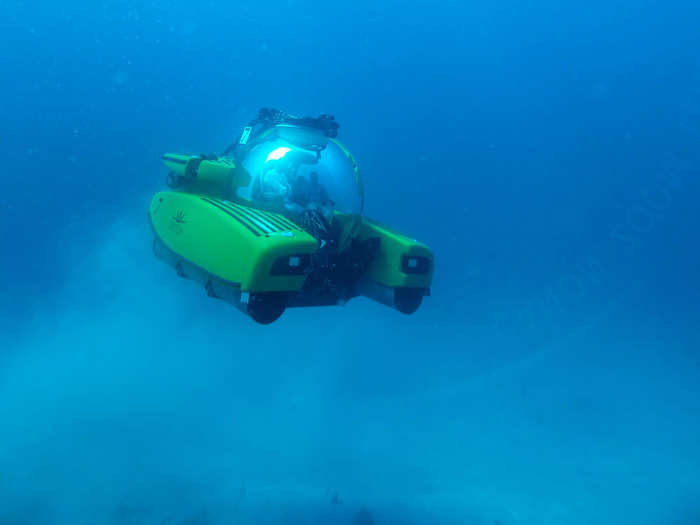
Lahey said the company has continued to ramp up production in recent years, jumping from building one to two submersibles per year to four to six. He expects the company will soon scale production to reach 10 to 12 per year.
"It's still incredibly limited production," he said. "This is not a mass market product. It's sort of the definition of boutique manufacturing."
"Subs are incredibly versatile and almost infinitely configurable, so we put tools and equipment on a sub to cater to each client's specific interests," he added. "Some of our clients are interested in just exploring and having fun. Others want to film, so they need to have more elaborate cameras and lighting systems. Others, like Ray, are interested in science so we need to make sure the sub has legitimate scientific tools that can be used to take samples and collect information from instruments that are fitted to the vehicle."
Prices for the submarines range from $2.5 million to as high as $40 million.
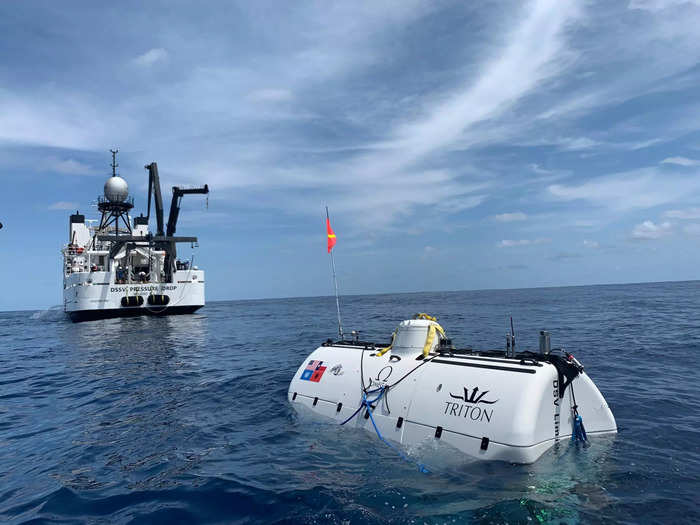
Most of the submersibles cost between $3.5 million and $7 million, per Lahey, who said the price depends on the size of the subs and how deep they can go.
The company's smallest submarine fits only one person, while its largest can fit as many as 66 people. Triton has submarines that are designed for shallower dives, as well as deep-diving submersibles that can travel the full depth of the ocean in about three hours.
Source: Triton Submersibles
In 2019, Victor Vescovo set a deep-diving record in a Triton Submersible.
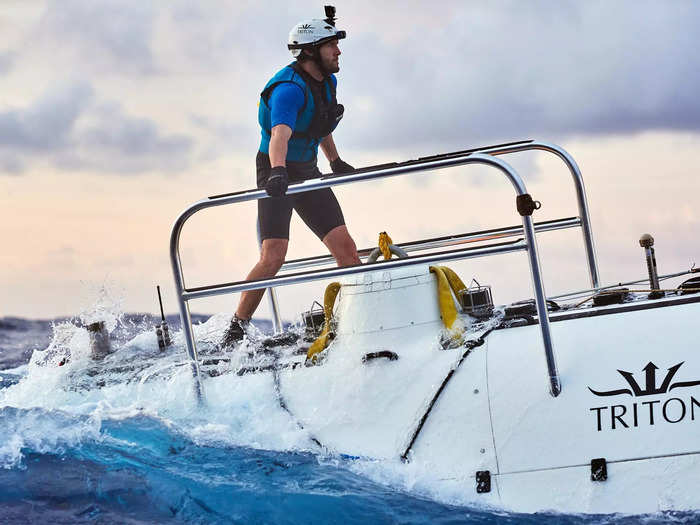
In 2019, Vescovo, an explorer and the cofounder of Insight Equity Holdings, completed five solo dives in the Mariana Trench using Triton's DSV Limiting Factor — its model that is capable of reaching the full ocean depth.
Sources: Wired, Triton Submersibles
In addition to deep-sea exploration, the submarines can also be used for tourism.
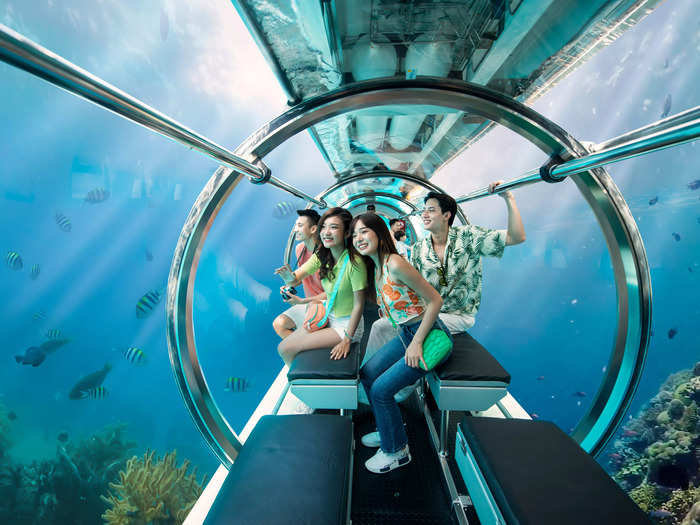
Last year, a resort in Vietnam launched a tourist attraction using a Triton submersible which Lahey called "basically a Greyhound bus that can go underwater."
The Triton DeepView 24, a 24-person vessel, has a completely transparent pressure hull that gives tourists at the Vinpearl Resort an immersive experience to view shipwrecks, as well as reef and marine life.
Source: CNN
Lahey said the company's typical buyers are yacht enthusiasts.
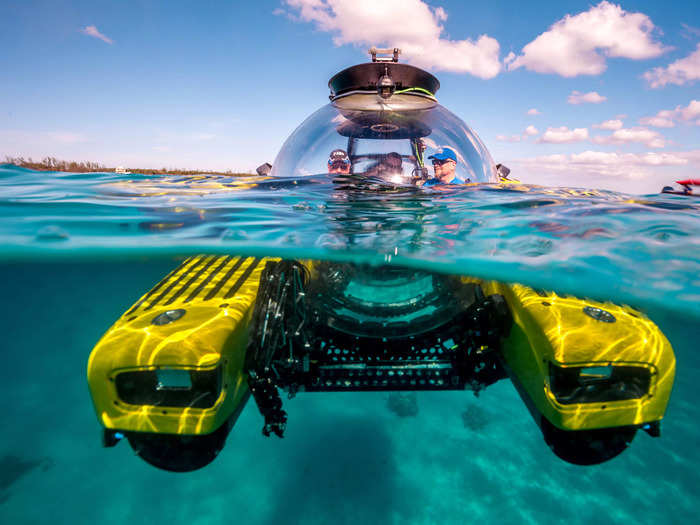
"Yacht owners are, by and large, people who have an interest in the ocean," Lahey said. "They like to go places and experience new things, and there's nothing quite like seeing the ocean from the perspective of a submersible."
While Lahey said operating a sub is relatively simple, the company has a lengthy training process.
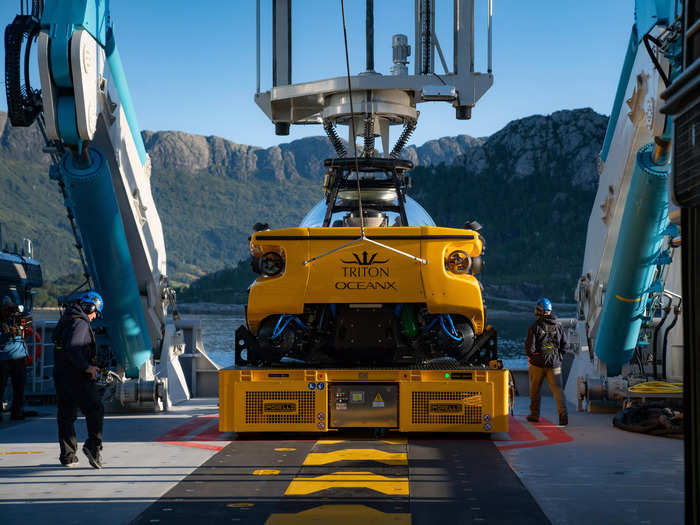
When the submarine is close to its delivery date, Lahey said the company teaches either the owner or — more likely — a member of the owner's staff how to operate the vessel.
"You don't have to be a SEAL Team Six guy to operate the sub, but to be a skilled pilot, you do need to be able to identify issues and fix them," Lahey said.

During the final weeks before a submarine is delivered, Lahey's team teaches the new operator how to take parts of the sub apart. The team will also take them out on 15 to 20 dives.
While the company might be popular with the uber-wealthy, Triton's mission statement focuses on the importance of ocean exploration.
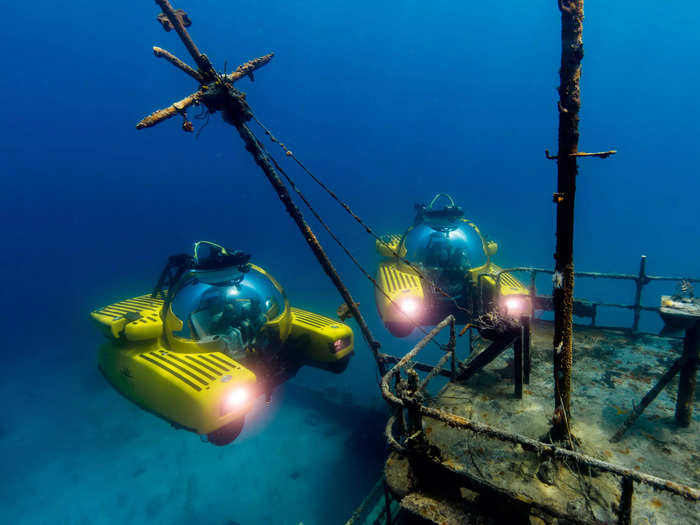
"Triton aims to increase ocean awareness and advocacy while enhancing knowledge and understanding of the ocean through the widespread use of our products, which will continue to challenge conventional thinking and push the boundaries of what's possible through innovation, creativity, and our commitment to excellence," a spokesperson said.
Lahey told Insider the company's acrylic structure lets people peek into "another world."
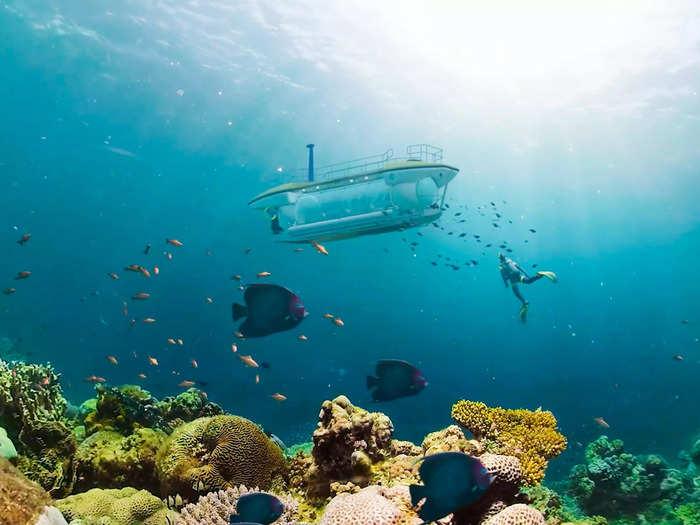
"It's really immersive. You really feel like you are in that world," he said. "You feel like you could reach out and touch the animals that are outside the hull or that they could swim into the compartment that you're in."
Popular Right Now
Popular Keywords
- India’s wearables market decline
- Vivo V40 Pro vs OnePlus 12R
- Nothing Phone (2a) Plus vs OnePlus Nord 4
- Upcoming smartphones launching in August
- Nothing Phone (2a) review
- Current Location in Google
- Hide Whatsapp Messages
- Phone is hacked or not
- Whatsapp Deleted Messages
- Download photos from Whatsapp
- Instagram Messages
- How to lock facebook profile
- Android 14
- Unfollowed on Instagram
Advertisement